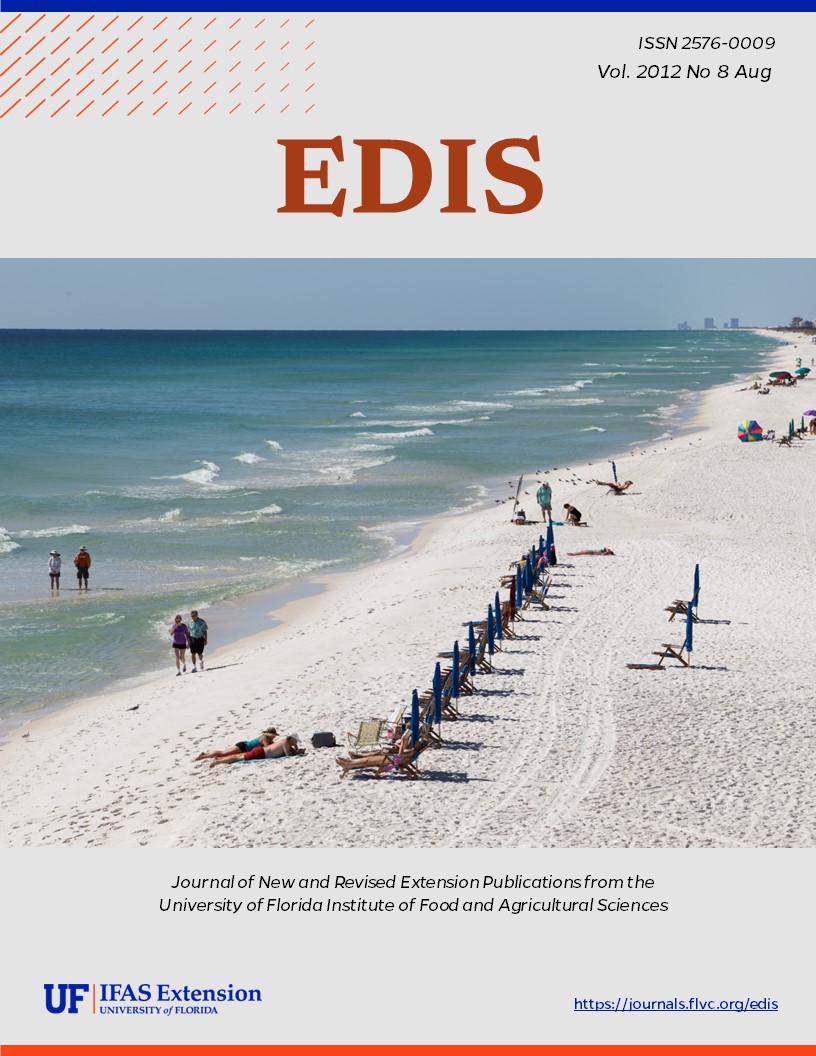Abstract
Saw palmetto (Serenoa repens) is a shrubby palm species native to Florida, characterized by its 2-8 feet height, extensive underground stems, and palmate leaves. While beneficial for wildlife and human uses, saw palmetto poses significant challenges in pastures, forests, and non-cropland areas, necessitating effective control methods. Mechanical control, such as double roller-chopping, is labor-intensive and non-selective. Chemical control offers an alternative, with spot-treatment and broadcast spraying being common methods. Spot-treatments using triclopyr ester and metsulfuron, either individually or in combination, show varying degrees of effectiveness, typically requiring multiple applications. Broadcast applications similarly rely on these herbicides, emphasizing the need for adequate spray coverage and the use of adjuvants. While metsulfuron is effective against a broad range of weeds, it can harm desirable grasses like Pensacola bahiagrass, necessitating cautious application. Comprehensive control strategies often require follow-up treatments to address resprouts, highlighting the persistent nature of saw palmetto. Further detailed guidance on these methods can be found in specific EDIS publications.

This work is licensed under a Creative Commons Attribution-NonCommercial-NoDerivatives 4.0 International License.
Copyright (c) 2012 UF/IFAS

